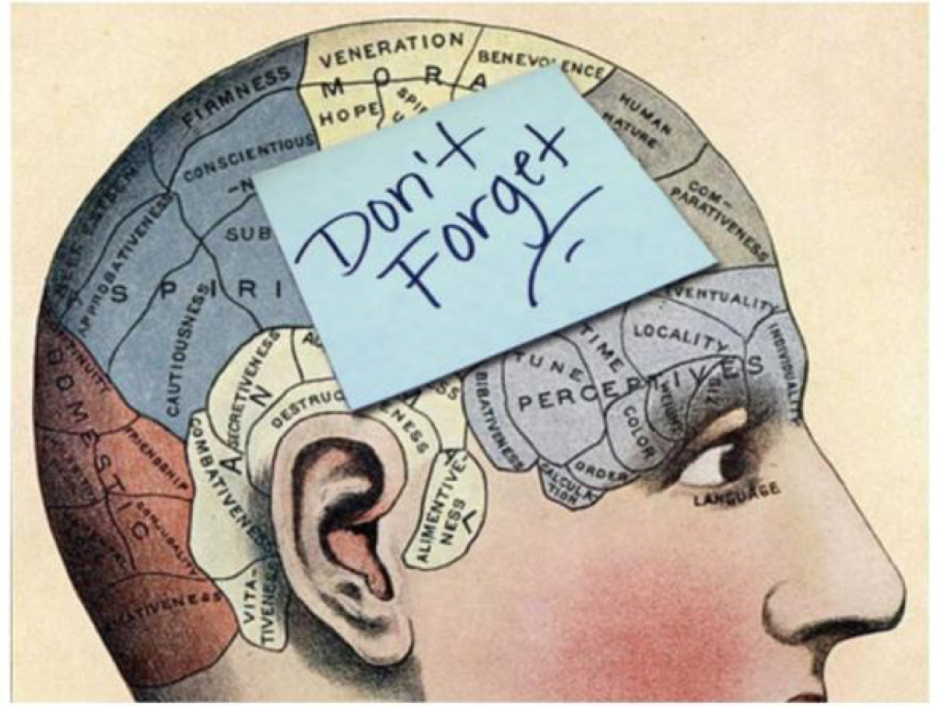Here is a short post spawned from a statement and a question. The statement: Routines are not the same as habits. The question: Is there a better term than “routine” to describe such sequenced action(s)? It is a perennial topic – surfacing each year around New Years resolutions. It applies to education each September, for novice or new-to-school teachers alike, and to a lesser extent, establishing these routines each term. It draws together and is inspired by the generosity and sharing of professional practice by Gaurav Dubay @GauravDubay3 and Andrew Taylor @MrTs_NQTs.
First, let’s establish a common understanding and then take on the challenge.
Common understanding
Routine: A standard or regular way of doing something. Or An action or set of actions enacted regularly or at specific intervals
Habits: Context-behaviour associations or any regularly repeated behaviour that requires little or no thought and is learned rather than innate.
To add to the fog, you will often read comments inferring that “routines” are “how you build habits.” Just how much investment is required is dependent on the sequence and complexity of the routine. James Clear reports on health psychology researcher, Phillippa Lally, 2010 study “How are habits formed: Modelling habit formation in the real world.”
The answer: 18-254 days – which masks the 66 day average! And masked pupils variations. Teachers – take heed. Be kind with yourself.
Add to that Peps Mccrea’s “Evidence Snacks” notes:
Simple routines can take 20 repetitions. More complex sequences can take up to 200.
Peps Mccrea
Subscribe to Evidence Snacks here.
Tenuous Conclusion
Habits and routines are not interchangeable. One is a behaviour executed with little or no thought, the other, is often presented as a series of behaviours frequently, and intentionally, repeated and sequenced together.
The Challenge: Is there a better term than routine?
I asked Twitter. #hivemind
Habitualisation? (Perhaps a little too close to habit?). Fossilification, ossification, automaticity, chaining are possible candidates. All are different from “habit.”
It is true, positive routines ossify when discretely explained, modelled even, and painstakingly practised, patiently and precisely rehearsed and over-practiced.
It is true, positive routines, promote automaticity, chain discrete or singular actions together effectively relinquishing cognitive space and promoting safety.
So true of bad routines.
And yet despite the options, I still think “routines” work as long as they are kept separate from “habits.”
Why are too few routines, habits?
200 exposures is a very long time. 66 exposures is still a long time. For a core subject teacher on five lessons a week, at best, if a simple routine, that is half the year gone already. Of course, it is easier to change expectations than it is to persist in the face of adversity.
Whole school routines, even with teaching vagaries (teachers, rooming, equipment / layout), must be the way forward? On simple mathematical grounds alone. In case the whole routines are not yet in place, or a little hazy, what can be done?
How can we, as teachers, help ourselves.
- Most importantly, begin with smaller micro habits – less is more, fewer is best. Adoption is quicker the simpler the routine is. Seek success by lowering failure rates
- Prepare and rehearse the script. @GauravDubay3 occasionally shares clips of his teaching. As an experienced, expert teacher, the classroom is routine central – take a look. Anything to add Gaurav?
- Notice and name the steps of routine being adopted. Arguably more affective and effective than reprimands in the long-term
- Use school systems to recognise those pupils getting it right
- Using the MIS multi-emails feature to contact parents: Dear [name of parent] Just a short note to recognise how well [name of pupil] role models our learning values in class…
- Support pupil efforts with nudges (small actions that encourage the adoption of the behaviours you promote)
- Leverage cooperative competition and personal-best cooperative competition
Self-help
- Speak with the teacher that proceeds your lesson with that difficult class – align your routines and double the routine exposure
- Be compassionate with yourself. 66 represents a lot of exposures and a long commitment from you – the climate architect
- Prepare for roadblocks and pitfalls. Think about what has kept you from building teaching routines in the past
- Here is the last, slightly ouroboric thought – set habits for yourself as the teacher, to set routines for the pupils. Create an alert: a post-it note where you take the register or a poster at the back of the classroom in your eye-line. Strengthen your network – work with another teacher




